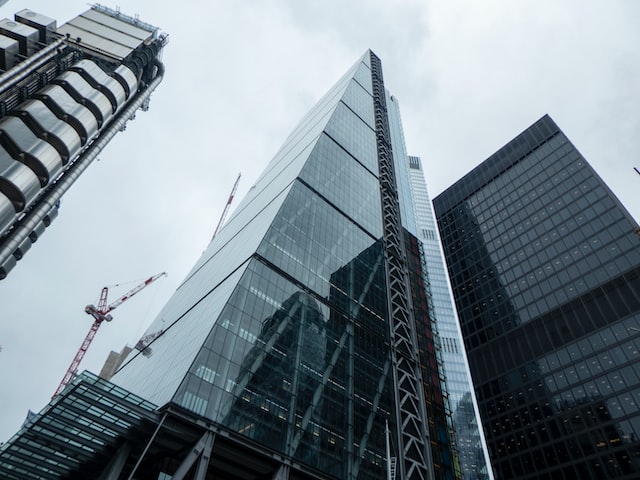 Located at 122 Leadenhall Street, The Leadenhall Building – also known as ‘The Cheesegrater’ – is one of the most iconic skyscrapers in London. Standing as the second highest structure in London, this building has been a major attraction for tourists and business people alike. The building’s unique design, which features a series of cantilevered glass panels, has also made it a popular choice for filmmakers seeking to capture the modern skyline of London. In addition to its aesthetic appeal, the Leadenhall Building is also notable for its sustainable design. The use of double-glazed windows and rainwater harvesting systems help to reduce the building’s environmental impact, making it a model for other developers to follow. If you’re looking for a comprehensive guide to The Leadenhall Building, you’ve come to the right place! In this blog post, we will cover everything from its history to its design features. We’ll also take a look at some of the businesses that have made it their home. So without further ado, let’s get started!
Located at 122 Leadenhall Street, The Leadenhall Building – also known as ‘The Cheesegrater’ – is one of the most iconic skyscrapers in London. Standing as the second highest structure in London, this building has been a major attraction for tourists and business people alike. The building’s unique design, which features a series of cantilevered glass panels, has also made it a popular choice for filmmakers seeking to capture the modern skyline of London. In addition to its aesthetic appeal, the Leadenhall Building is also notable for its sustainable design. The use of double-glazed windows and rainwater harvesting systems help to reduce the building’s environmental impact, making it a model for other developers to follow. If you’re looking for a comprehensive guide to The Leadenhall Building, you’ve come to the right place! In this blog post, we will cover everything from its history to its design features. We’ll also take a look at some of the businesses that have made it their home. So without further ado, let’s get started!
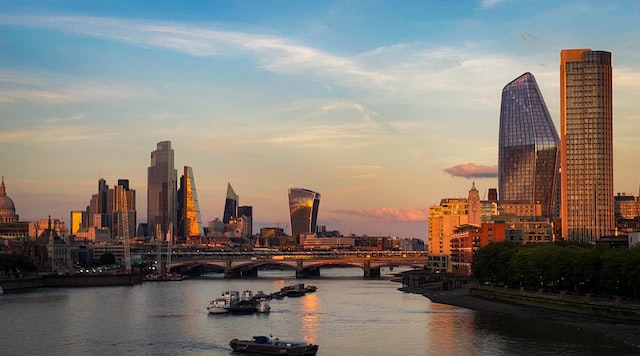
What is the Leadenhall Building used for?
The Leadenhall Building is used for a variety of purposes, including office space, retail space, and restaurants. The building’s central location in the London financial district and abundance of amenities make it a popular choice for businesses of all types.
How tall is the Leadenhall Building?
The Leadenhall Building is 225 metres tall, making it the largest building in the City of London. However, it is not the tallest building in London overall. That distinction belongs to The Shard, which is 310 metres tall.
How many floors does the Leadenhall Building have?
The Leadenhall Building has 48 floors.
The area surrounding the Leadenhall Building
The Leadenhall Building is located in the heart of the City of London, on a site that has been home to a number of historic buildings over the centuries. Today, the Leadenhall Building is surrounded by a mix of modern office towers and historic landmarks. To the north is the iconic Lloyd’s building, while to the south is St. Paul’s Cathedral. To the east is the Bank of England, while to the west are a number of mediaeval churches. With its central location and abundance of nearby attractions, the Leadenhall Building serves as a vital London landmark.
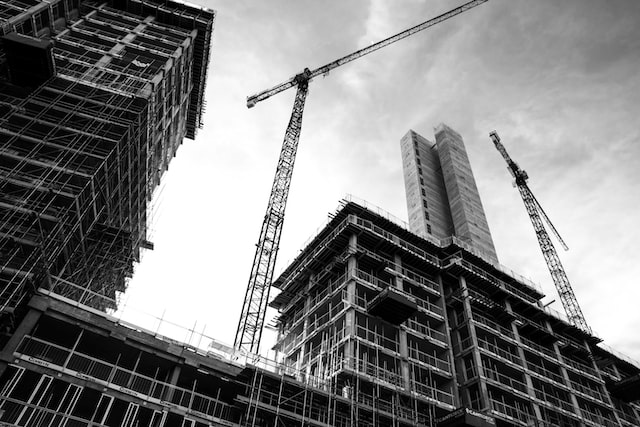
History of the Leadenhall Building
The Leadenhall Building is situated on a site that has been occupied by commercial premises for over 700 years. The first recorded building on the site was a corn market, which was built in the 14th century. In the 18th century, the site was developed into a coaching inn and later became a working men’s club.
Prior to its most recent incarnation, the last property to sit at 122 Leadenhall Street was a 54 metre tall building that was finished in 1969, before eventually being demolished in 2007. The new Leadenhall Building was constructed on the remains of Roman baths, which were discovered during archaeological excavations in 1986. The property is named after the nearby Leadenhall Market, which has been in operation since the 14th century.
When was The Cheesegrater built?
Planning for the current Leadenhall Building was submitted in early-2004, with Laing O’Rourke being named as main contractor in 2011. After starting construction in that same year and finishing in 2013, the building was eventually opened in July of 2014. The long delay between the planning and construction phases of the development can be attributed to the Global Financial Crisis, which slowed development prior to Oxford Properties eventually reviving the project alongside British Land.
Who designed the Leadenhall Building?
The Leadenhall Building was designed by British architect Richard Rogers. Rogers is also responsible for designing a number of other iconic London landmarks, including the Lloyds Building, the Gherkin, Heron Tower, and Millennium Dome.
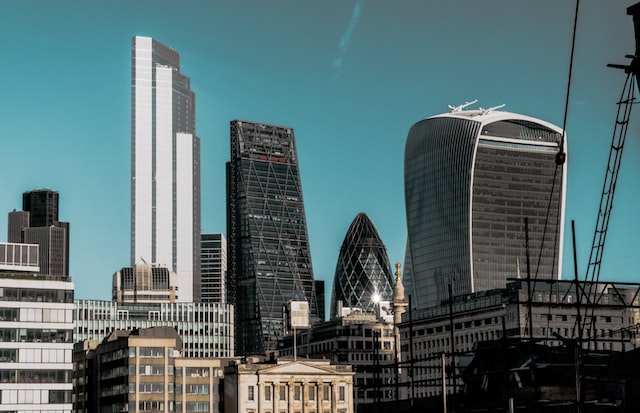
The Leadenhall Building’s design features
The Leadenhall Building features an extremely unique design. Commonly known as ‘The Cheesegrater’, its most striking feature is its distinctive wedge shape, which allows it to stand out amongst London’s skyline. In addition to serving as an iconic design choice, the slanted sides of the building ensure that it doesn’t impact lines of sight to St Paul’s Cathedral from Fleet Street and other parts of the city.
The building’s exterior is clad in glass and steel, and its interior features a series of curved ramps that lead up to the sky lobby on the 24th floor. The Leadenhall Building is a showcase of modern architecture, and its unique design makes it one of the most recognizable buildings in London.
Leadenhall Building amenities
The Leadenhall Building houses a variety of amenities that are available for use by tenants and their guests. These include a business lounge, meeting rooms, showers, and a bike storage facility. The building also has a concierge desk that can provide assistance with a variety of tasks, from booking travel to arranging for dry cleaning pick-up. In addition, the Cheesegrater boasts an entire retail mall that is attached to the building, which includes a grocery store, pharmacy, several clothing destinations, and a number of on-site restaurants. As a result, the Leadenhall Building provides tenants with everything they need to be productive and comfortable during their workday.
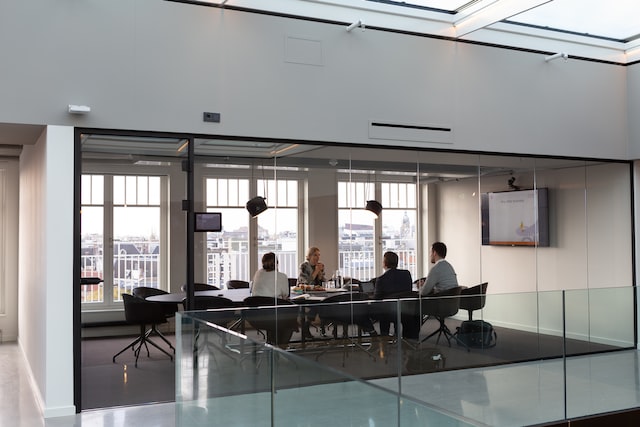
How many tenants does the Leadenhall Building have?
The Leadenhall Building is home to a number of businesses, including insurers, brokers, and law firms. In total, there are over 100 tenants that occupy space in this iconic London Building.
Current and previous tenants
The Leadenhall Building is one of the most prestigious addresses in London. Some of the businesses that have leased space in the building over the years include Barclays, Deloitte, and LinkedIn. These companies are drawn to the building for its prime location, high-quality office space, and excellent facilities. Current tenants include AON, Clydesdale Bank, BRIT Insurance, Servcorp, and MS Amlin. The building’s management team is highly experienced and provides a wide range of services to tenants, including concierge, security, and cleaning. As a result, it is no surprise that the Leadenhall Building remains one of the most sought-after office buildings in London.
What is the lead time for leasing space in the Leadenhall Building?
The lead time for leasing space in the Leadenhall Building is typically 12-18 months. This is due to the high demand for space in the building and the need to coordinate with the building’s existing tenants. However, it is possible to lease space on a shorter timeline if there is an opening that meets your needs.
Can you visit the Leadenhall Building?
Yes, the Leadenhall Building is open to the public. Visitors can access the building’s retail mall and restaurants without needing a tenant pass. However, access to the office space and other amenities is restricted to tenants and their guests. If you wish to visit the Leadenhall Building, it’s recommended to contact one of the businesses that have made it their home. They will be able to provide you with the necessary information and assistance.
If you’re looking for office space in the Leadenhall Building or nearby London locations you can view our full range of serviced offices or coworking spaces. Alternatively, you can call one of our London commercial property experts on 020 3965 9617.
Looking for more articles?
For more deep dives into workplace statistics and general office insights, you can visit:
The 10 Workplace Trends Defining 2022 So Far
Iconic and Influential Office Spaces in London
Do Employees Feel Supported by Their Managers After the Pandemic? (2022 Poll)
UK Office Workers Polled: Characteristics of a Good Manager
London Office Market Sees Highest Level of Occupier Activity Since Before the Pandemic
How to Deal with the Stress of Returning to the Office after a Long Layoff
10 Ways to Improve Office Moral
An Overview of Coworking Spaces in London
How to Value a Commercial Property and Determine Rent in London
